
- Home
- Photography Tours
- Diary / Blog
- Galleries
- Foreign Trips
- Tasmania 2016
- NE Queensland 2016
- Western Alps 2016
- NE Spain 2016
- Australia's Wet Tropics 2015
- Australia's Top End 2015
- SW Australia 2015
- Switzerland 2015
- Andalucia 2015
- Belize 2015
- Australia 2014
- Switzerland 2014
- Belize 2014
- Bahama Islands 2014
- Switzerland 2013
- Ecuador 2012-2013
- Florida 2011-2012
- Vancouver Island 2011
- Australia 2010
- Peru 2008
- Bulgaria 2007
- Lesvos 2006
- California 2006
- New Zealand 2005
- Extremadura 2005
- Goa, India 2004
- The Gambia 2003
- About
November 2016
Tasmania, Australia
Part 2
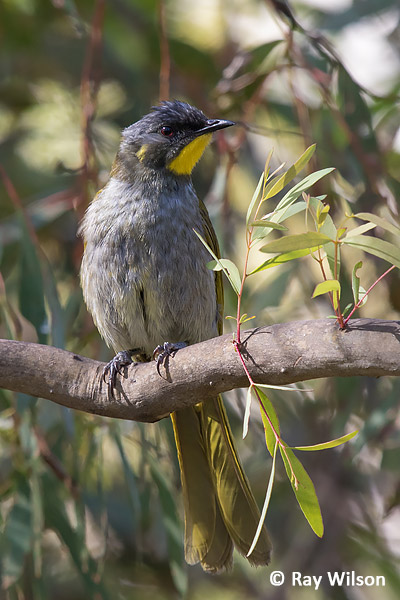
|
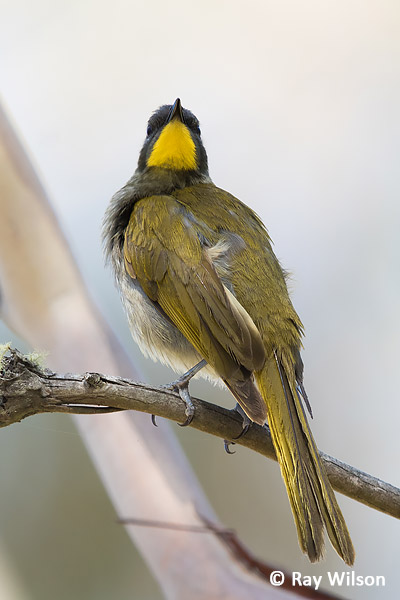 |
Yellow-throated Honeyeater (Nesoptilotis flavicollis)
There are 4 species of Honeyeaters that are endemic to Tasmania: Yellow-throated, Strong-billed, Black-headed and Yellow Wattlebird. At some locations it is possible to see all four of them together.
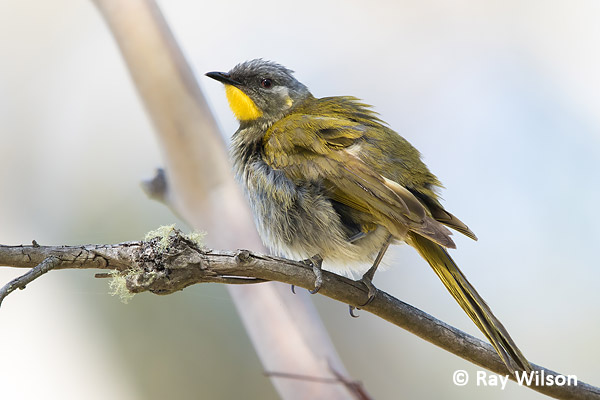
Yellow-throated Honeyeater (Nesoptilotis flavicollis)
Yellow-throated Honeyeater and the bizarre-looking Yellow Wattlebird were the two commonest species
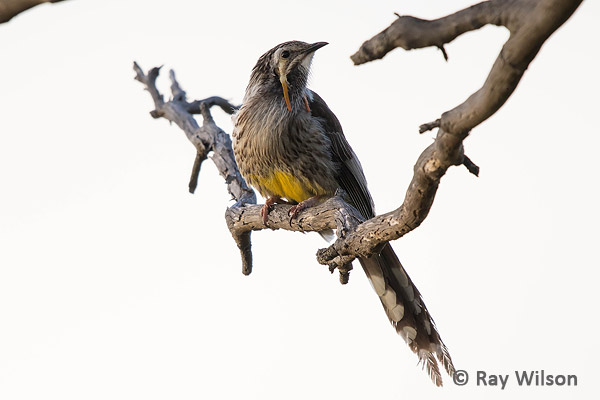
Yellow Wattlebird (Anthochaera paradoxa)
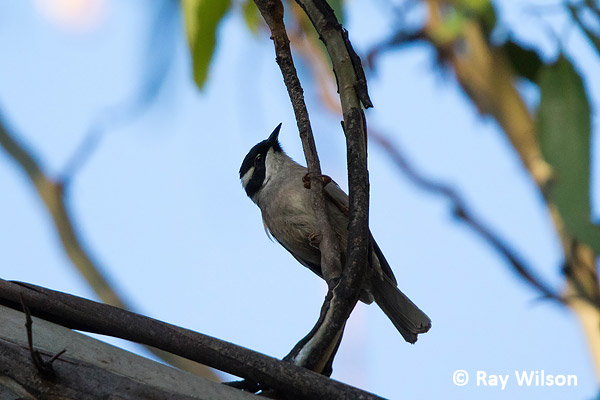
Strong-billed Honeyeater (Melithreptus validirostris)
Strong-billed Honeyeater was the least frequently seen of the four honeyeaters and I only saw it a few times during the month I was in Tasmania.
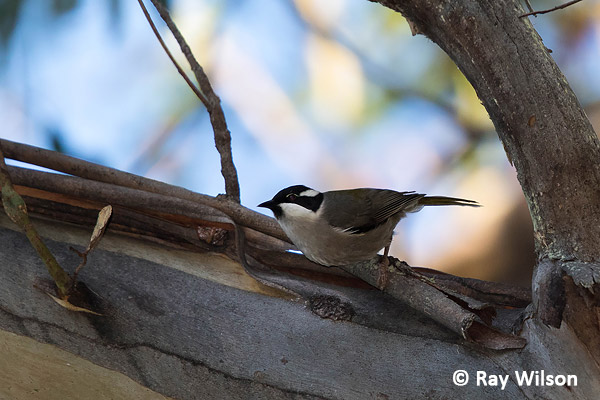
Strong-billed Honeyeater (Melithreptus validirostris)
Although it is much commoner than Strong-billed Honeyeater, the species I had the most trouble photographing was the Black-headed Honeyeater and despite my best efforts the mediocre photo below was the best I could get.
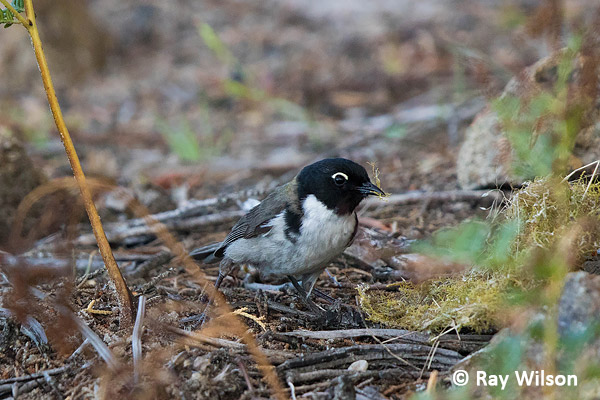
Black-headed Honeyeater (Melithreptus affinis)
Fan-tailed Cuckoos were very vocal during November and regularly seen at numerous locations.
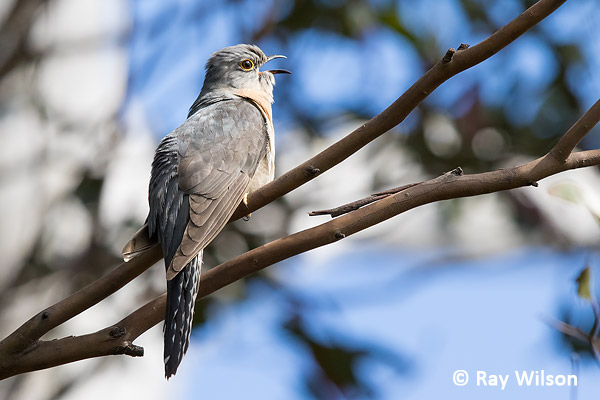
Fan-tailed Cuckoo (Cacomantis flabelliformis)
There wasn't much in the way of wildfowl around during November. The recent heavy rains in the interior of mainland Australia meant that most ducks had left Tasmania to take advantage of the abundant food supplies generated during the rare flooding of the interior lakes.
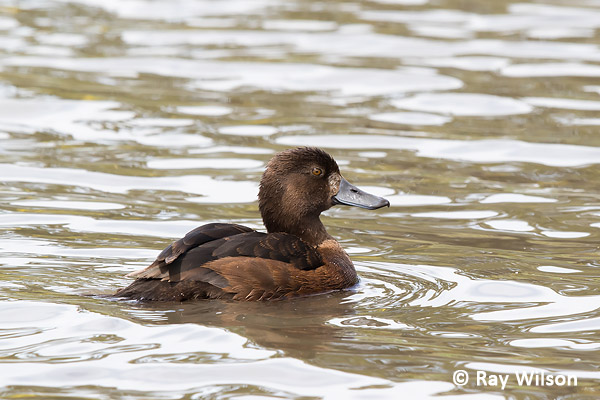
escaped New Zealand Scaup (Aythya novaeseelandiae)
A New Zealand Scaup at Goulds Lagoon caused me bit of confusion. I had just assumed it was an aberrant Hardhead, as that is the only Aythya duck to occur in Australia...a rookie mistake to make as you should never assume anything and I should have trusted my instincts and the evidence of my eyes. Thanks to Paul Brooks for informing me that it is actually an escapee from a collection across the river that caused a bit of a stir when it first arrived.
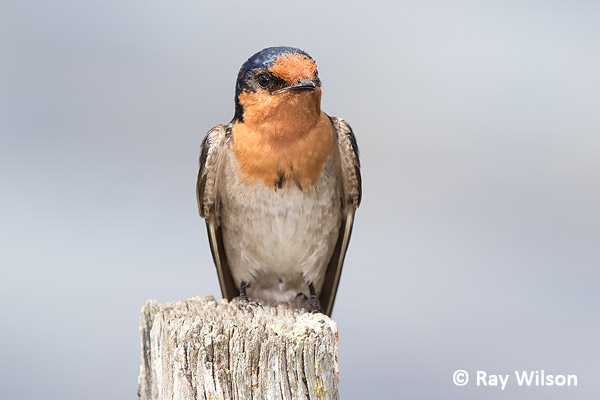
Welcome Swallow (Hirundo neoxena)
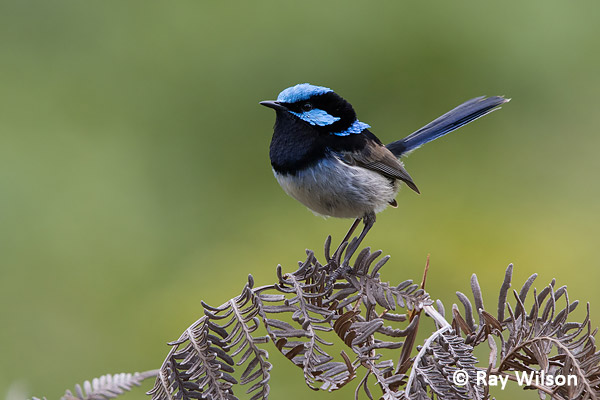
male Superb Fairywren (Malurus cyaneus)
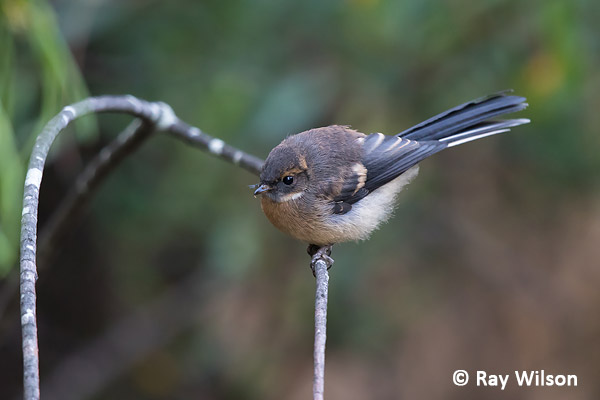
Grey Fantail (Rhipidura albiscapa albiscapa)
This Laughing Kookaburra was drying its soaking wet feathers in the late afternoon sun after taking a bath in a nearby creek.
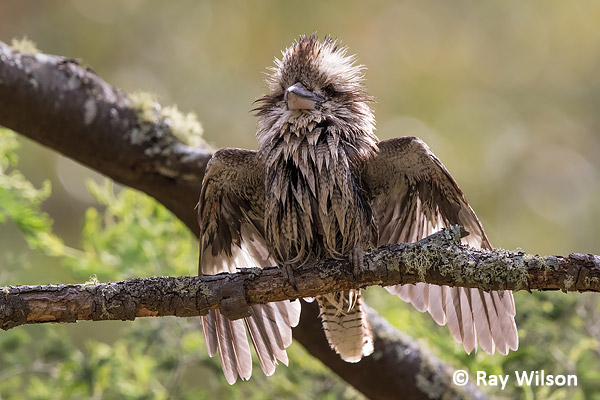
Laughing Kookaburra (Dacelo novaeguineae)
Kookaburras are not native to Tasmania and were artificially introduced from the mainland. Since then they have become well established and cause considerable ecological damage to the native reptile and amphibian populations, as well as reducing the nesting success of nesting songbirds by preying on their eggs and nestlings.
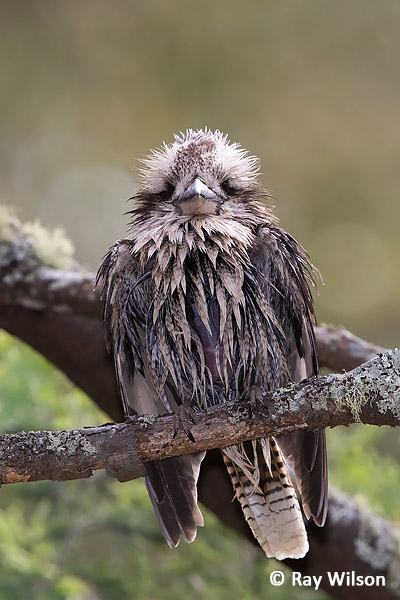
Laughing Kookaburra (Dacelo novaeguineae)
Ray Wilson owns the copyright of all images on this site.
They may not be used or copied in any form without prior written permission.
raywilsonphotography@googlemail.com